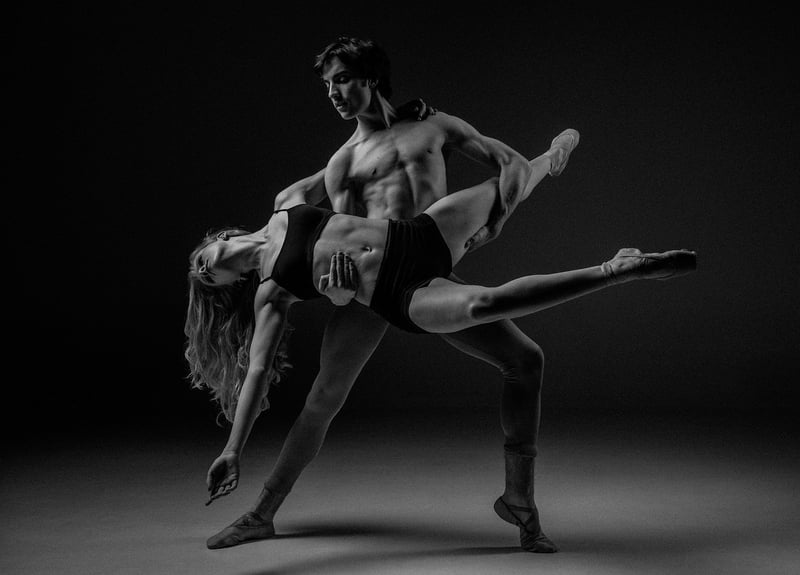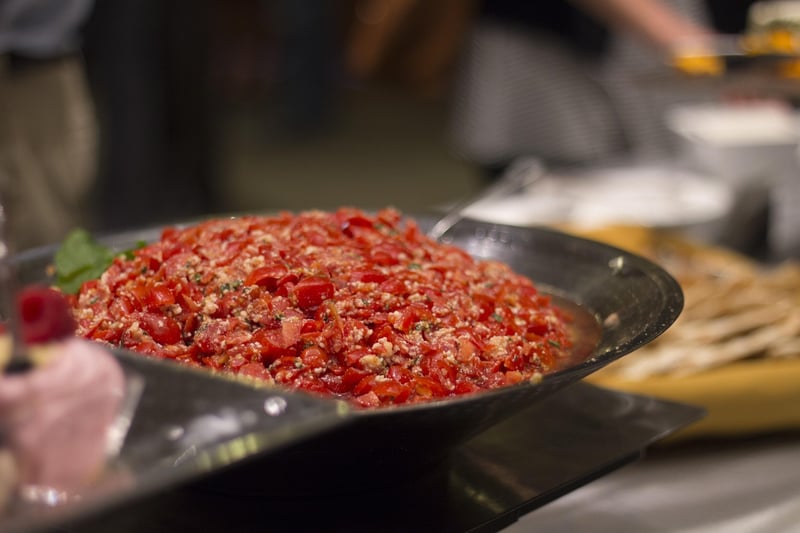Salsa
The Art of Expressive Movement in Salsa Dancing
Salsa dancing is more than just a series of steps; it's a vibrant expression of culture, emotion, and connection. One of the key elements that elevates salsa dancing to an art form is the use of expressive movement. In salsa, dancers use their bodies to communicate passion, joy, and rhythm, creating a mesmerizing visual display that captivates audiences worldwide.
What is Expressive Movement?
Expressive movement in salsa involves using the entire body to convey the music's nuances and emotions. From the flick of a wrist to the sway of the hips, every movement in salsa dancing serves a purpose - to tell a story through motion. Dancers often use facial expressions, body isolations, and fluid transitions to enhance their connection with the music and their partner.
The Role of Body Isolations
Body isolations are a fundamental aspect of expressive movement in salsa. By isolating different parts of the body - such as the hips, shoulders, and ribcage - dancers create dynamic and visually stunning movements that syncopate with the music. Body isolations add depth and texture to the dance, allowing dancers to showcase their control, flexibility, and musicality.
Connecting with Your Partner
Expressive movement in salsa isn't just about individual expression; it's also about connecting with your dance partner. Through subtle cues, eye contact, and synchronized movements, partners can communicate and respond to each other's energy, creating a seamless and harmonious dance experience. The ability to read and interpret your partner's movements adds an extra layer of depth and intimacy to the dance.
Embracing the Music
At the heart of expressive movement in salsa is a deep connection to the music. Salsa music is rich in rhythm, melody, and emotion, providing dancers with a diverse palette to express themselves. By immersing themselves in the music, dancers can let the rhythms guide their movements, allowing for spontaneity, improvisation, and personal interpretation.
Take Your Salsa Dancing to the Next Level
If you're looking to enhance your salsa dancing skills, consider incorporating more expressive movement into your routines. Focus on body isolations, emotional connection, and musicality to bring your dancing to life and create memorable performances that resonate with both you and your audience.

Expressive movement is the soul of salsa dancing, elevating it from a simple social activity to a powerful form of artistic expression. By embracing the art of expressive movement, dancers can unlock new levels of creativity, connection, and passion in their dancing, making each moment on the dance floor truly unforgettable.
So next time you hit the dance floor, remember to let your body speak the language of salsa, and watch as the music comes to life through your expressive movements.
